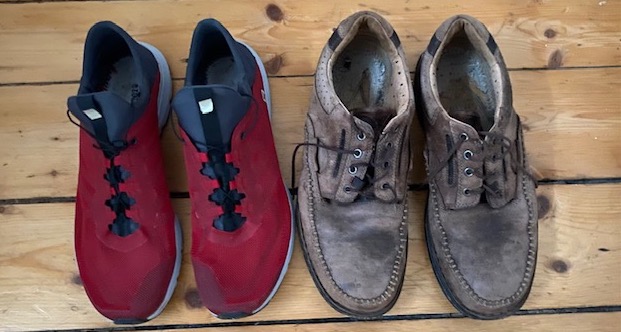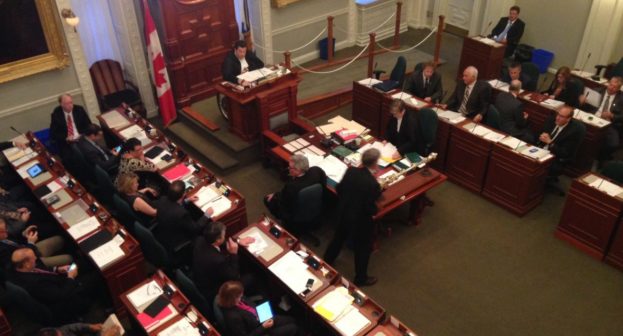Many non-profits, I know, occasionally rely on votes by their boards solicited by email. Is this a good idea? When ought it be used? Is it even legal? Curious about the practice I thought I would investigate.
board meetings
Governance Selection 2
There are two well-known family-run chocolate companies in Atlantic Canada. One is Ganongs in St. Stephen, New Brunswick, established in 1873. It served as the metaphor for my first “governance selection” piece published here in July 2020. The other, Peace by Chocolate, in Antigonish, Nova Scotia, was established by a Syrian refugee family in 2016. Here, it introduces a few more bite-sized tips.
The first confection I have chosen to focus on here is board minutes. Hardly a sweet of interest to most. I have fielded a lot of questions on this topic and much to my surprise new ones, new to me anyway, still appear. I have divided my responses here into four pieces. One is about minutes being signed, another with the phenomena of “draft” minutes, a third on the question of when minutes should be approved, and lastly, how long should board minutes be kept? Most readers will know the answer to this one.
The second item in the box looks at matter a board’s own document files. Is it easy for you to find past meeting minutes, lists of recruitment prospects, or signed confidentiality forms? My guess is that few non-profits have a well-considered organizational scheme. There is probably not a best one, but perhaps my suggestions can spark a conversation.
The Lure of Operational Involvement
Old Business – New Business
Non-profit boards usually meet monthly or quarterly and most of those meetings involve multi-item agendas. Tradition tends to rule what the design of the agenda looks like. I think this is unfortunate. This post looks at some easy to adopt ideas that, for most, will represent a departure from their current agenda practices.
If board chairs and executive directors, the two people most responsible for the agenda, are prepared to experiment with some new board meeting elements they can give more spring to their organization’s governance step.
Executive Director Reports
One of the most enduring features of non-profit board meetings is the executive director’s or CEO’s report. There are few resources that offer good practice recommendations. Aside from the consideration of level of detail, few boards and EDs together give much consideration to what subject matter should be included.
So, I have some of my own suggestions, informed by my board experience and from two other sources, about the content of such reports. Despite the model that I suggest here, nothing beats a board-ED discussion of key content areas and even a little experimentation with actual board reports.
Easy Board Home Improvements
Living in an 100+ year old house means getting used to a life with a long and never completed home maintenance agenda. Something always needs repair or replacement. And, out there in the world there is no shortage of additional household improvement ideas I could add to my list.
Do we need a motion for that?
Have you ever been uncertain about whether an item to be decided by your board requires a formal motion? Perhaps your board flirts with some version of “Robert’s Rules” even though no one really knows them? Maybe your board follows past practices with respect to making motions with no idea of where the procedures came from, or what could be improved. If any of this is true, you are in good company.
You might be surprised to know that here is no universally accepted or prescribed set of procedures that non-profit boards must follow in their deliberations and decisions. Yes, there are a set of meeting procedures many people have heard of called Robert’s Rules, but that is not where I am going here.







